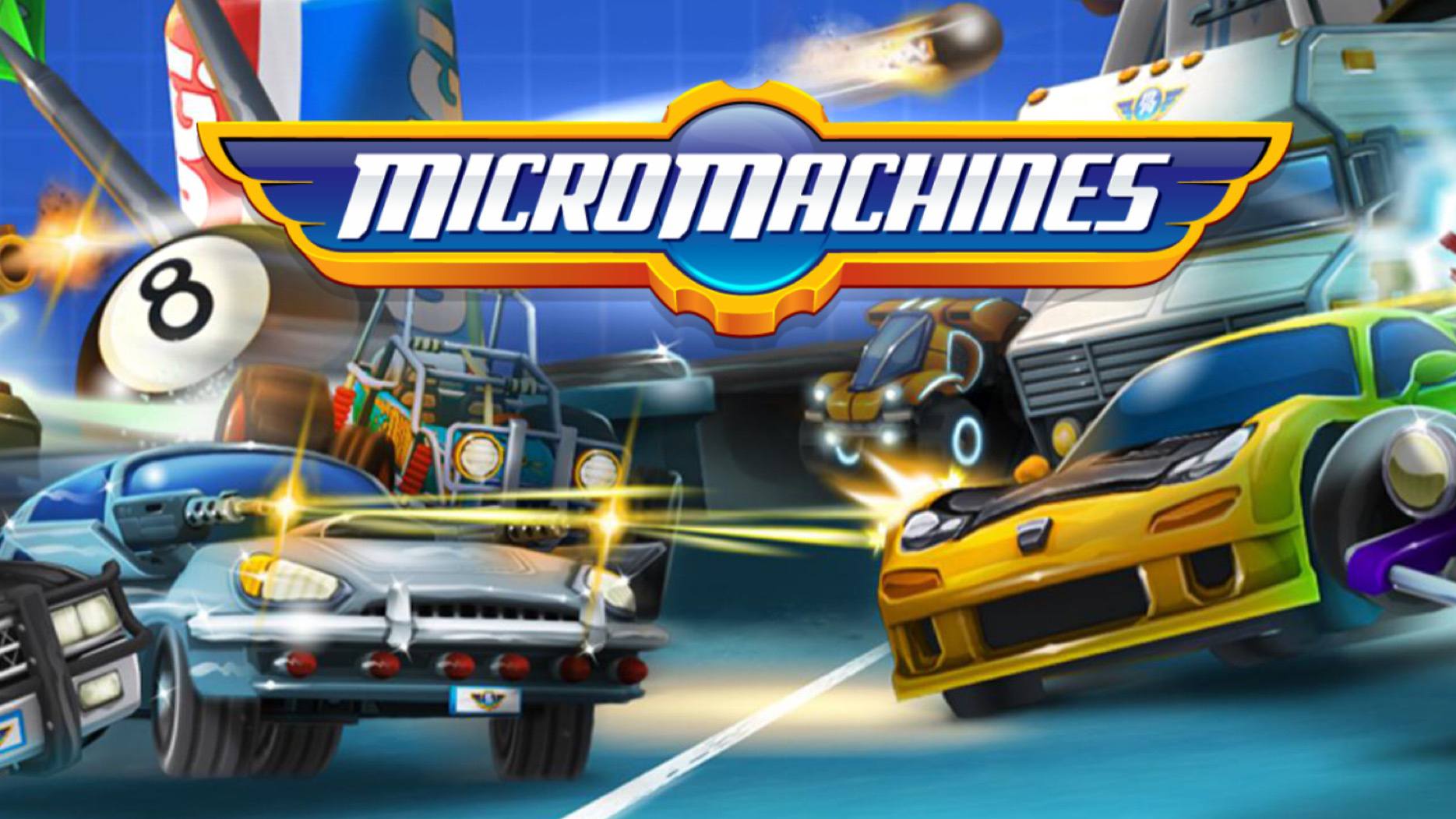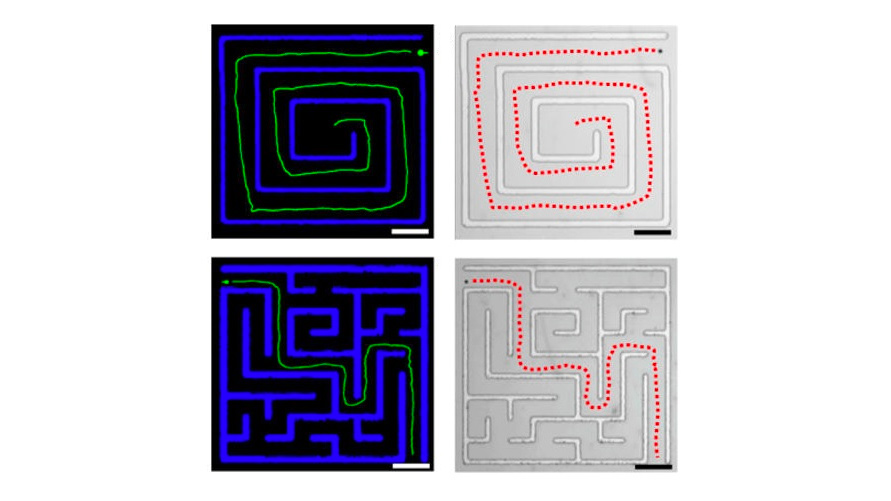There's now a self-driving car so 'micro', it's thinner than a human hair
Where we're going, we won't need roads

The process of miniaturisation hits every technology sooner or later. From laptops, to smartphones, to smartwatches. And now to the self-driving car.
Engineers at the Harbin Institute of Technology in China and the University of California San Diego in the US have developed a "spherical micromotor" that can autonomously navigate through a maze. "We have embedded artificial intelligence into a micro/nanorobot," Longqiu Li, who led the project, told Phys.org.
"We introduce a smart microvehicle for precise autonomous navigation in complicated and dynamically changing environments through optimal path planning. Similar to their large vehicle counterparts, the autonomous navigation of microvehicles entails collision-free movement in dynamic environments."
All external
All that intelligence doesn't fit inside the robot itself, of course - it's all external. A camera scans the maze, and sends the data to an image processor which identifies obstacles and creates a map.
Then that map is sent to an AI planner which determines the shortest collision-free path to the destination. Finally, the AI sends its route to a magnetic field generator, which actually steers the teensy car.

What it's for
Applications for the technology include the ability to deliver drugs, diagnose disorders or conduct precision surgery within the body. To do that, they'll develop features like autonomous braking, "cruise control", lane-keeping and interactivity with the environment.
"We want to apply the micro/nanorobotic systems in the field of biomedical operations and nanoscale manipulation," Li said.
Get daily insight, inspiration and deals in your inbox
Sign up for breaking news, reviews, opinion, top tech deals, and more.
The full details of the technology were published in ACS Nano.
